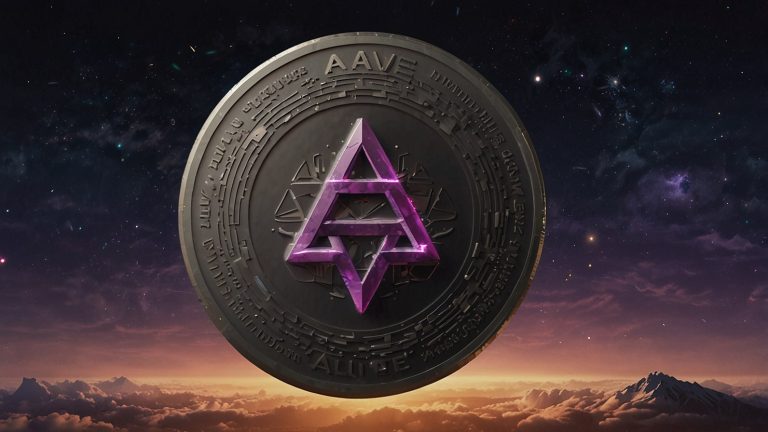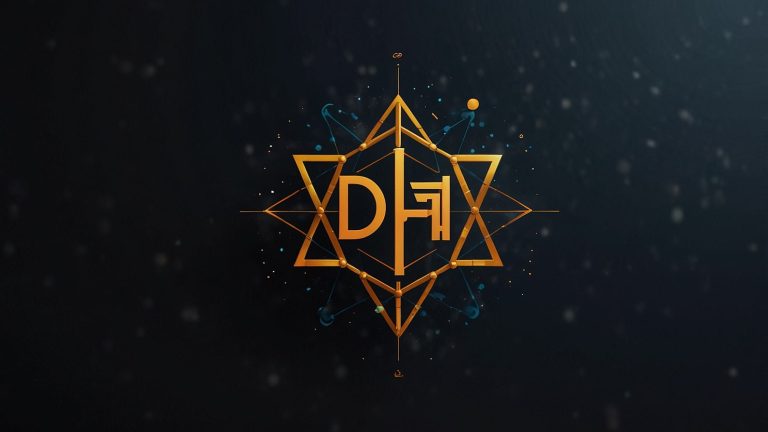Cenovus Energy Inc., a heavy player in the oil sands industry in Canada, has stepped up investments in MEG Energy Corp., buying an additional 5million shares to have a controlling investment in the company of 9.8 per cent.
The tactical action, announced in a regulatory filing today, is an indication of increasing takeover talk and moved Cenovus stock 2.5% higher in lively Toronto, versus a slightly advancing S&P/TSX Composite Index.
Cenovus shares, trading on TSX with a ticker of CVE, reached C22.15 early in the afternoon, continuing to rise on gains in the previous week in the Q3 preview. The TSX has been inching its way by a 0.4% gain with the help of commodities and hurt by consumer staples as it monitors inflation concerns.
As West Texas Intermediate crude hovers around 76 a barrel on OPEC compliance rumours, energy stocks such as Cenovus are on an optimism wave as the global equity market has been softer.
Deep Dive: The MEG Acquisition Play
This new tranche has increased the total contribution of Cenovus in MEG to more than 140 million shares, which is worth around C$1.2 billion at the present prices. MEG is a pure-play producer of oil sands specialising in the Christina Lake asset, and has been a takeover target since mid-2024 when Cenovus initially established a stake in the assets with attractive valuations following the decline of oil prices.
The low-decline and long-life reserve of the Calgary-based company complements perfectly with the integrated model of Cenovus, giving the company synergies in extraction, blending and pipeline access.
The 9.8 per cent stance is considered by analysts as a toehold to a full bid, which could be worth MEG at C$20 per share- a 25 per cent premium to the current C$16 price. The news saw MEG shares soar by 4.2 on the news to C$16.45, owing to market expectation of a consolidation in the industry.
The deal would increase by 100,000 barrels per day. Cenovus, which is already the third-largest oil sands operator in Canada, would supplement upstream holdings as Canadian output is expected to pass 5 million bdt in 2027.
In a statement, CEO Jon McKenzie talked about the strategic fit, pointing out that MEG had recovered over 60 per cent using steam-assisted gravity drainage (SAGD), which, according to McKenzie, is most efficient.
This follows as Cenovus rides through the federal cap on emissions, and the acquisition is likely to speed up integration across assets in the process of carbon capture. The action is reflective of the industry trends, as earlier this year, Canadian Natural Resources purchased a 7.9-billion stake in the Foothills assets of Shell.
Working Backbone and Solvency
In Cenovus, production is expected to be 805,000-845,000 barrels of oil equivalent per day, no increase or decrease compared to the year before, with upstream reliability at 97 per cent.
Downstream margins were strong at $12 per barrel, due to refiners that were upgraded in Ohio and Illinois. Cash flow will be C$6.5 billion a year, which will finance a buyback of C$3 billion and dividend increases on the share, 0.18 a quarter, and the payout is 3.2%.
The firm has reduced the debt to C$4.2 billion, or 0.7 times EBITDA, which is liberating money to be used in bolt-ons such as MEG. Solvents have reduced the steam-to-oil ratios by 20 per cent, and have been used to boost margins in a sub-$80 crude environment.
Since other participants continue to struggle with Trans Mountain pipeline parameters, the ownership of midstreams, such as Cenovus, offers a competitive advantage, as it may save between 2-3 barrels of money on exports.
Sustainable development also involves a 15% reduction in emissions since 2019, where Scope 1 and 2 have been achieved earlier than expected. With a common platform of electrification and hydrogen blending technology, the MEG tie-up would help Cenovus achieve its net-zero goals by 2050.
Spillover Effects in Canadian Energy
In the case of MEG, the stakeholder buildup is that it is an attractive option: at breakeven costs to the tune of less than 35 per barrel, it is a bargain when adults are taking up the scrap.
Imperial Oil competitors, such as Imperial Oil, increased by 1.1% and the TSX Energy Index increased by 1.2, which was the best day in 2 weeks. This exercise underscores a warm M&A environment as deal values have increased 40 per cent year-to-year to C$15 billion, according to PwC figures.
Bigger implications refer to Indigenous partnerships MEG, which has been dealing with equity deals with Fort McKay and Mikisew Cree, has provided a template that Cenovus can follow, which could ease regulatory routes. The relocation in Ottawa is in line with the Critical Minerals Strategy because bitumen upgraders are also looking at rare earth co-products.
Investor sentiment is positive to the discipline of Cenovus: its shares have risen a modest 18 per cent to date, compared with the 24 per cent rally in the TSX, but with a forward P/E of only 7.8, or below it. RBC Capital increased its target to C$26 and gave the reason as M&A momentum and operational torque. A complete MEG buyout may increase the EPS by C 0.50 in the first year.
Market Snapshot: Things in the Limelight
The current TSX futures are up, disguising the plays of the U.S. with the anticipation of Fed minutes and the Canadian dollar strengthened by 0.2 per cent to $0.732 USD on the oil boost.
Barrick and other gold miners dipped 0.5 per cent as the bullion dipped, but chatter about nuclear policy shone on uranium plays. Tiff Macklem, Governor of the Bank of Canada, may affect rate bets after his speech later with an additional cut in December, now priced at 85%.
U.S. election jitters have not gone away; the pro-drill rhetoric of Trump would give advantage to the Canadian exporters through USMCA. In the case of Cenovus, the winter drawdowns are an imminent trigger, and the U.S Midwest inventories are already at a five-year low.
Overall, the MEG gambit of Cenovus is not just the wish of a daydream, but a strategic measure in the right direction towards size in an expanding oil sands market. With this kind of peer consolidation, the firm will be in a position to generate strong cash flows as well as dividend growth, despite a possible drop in crude.
To yield chasers and growth hunters, the current rise in the stakes makes Cenovus a TSX rock, well-positioned to enter the next phase of the energy transition. As an attractive valuation remains, the actual question is: acquisition or alliance? In any case, the shareholders are in a winning position.














 Bitcoin
Bitcoin  Ethereum
Ethereum  Tether
Tether  XRP
XRP  USDC
USDC  Lido Staked Ether
Lido Staked Ether  TRON
TRON  Cardano
Cardano  Avalanche
Avalanche  Toncoin
Toncoin  Wrapped SOL
Wrapped SOL